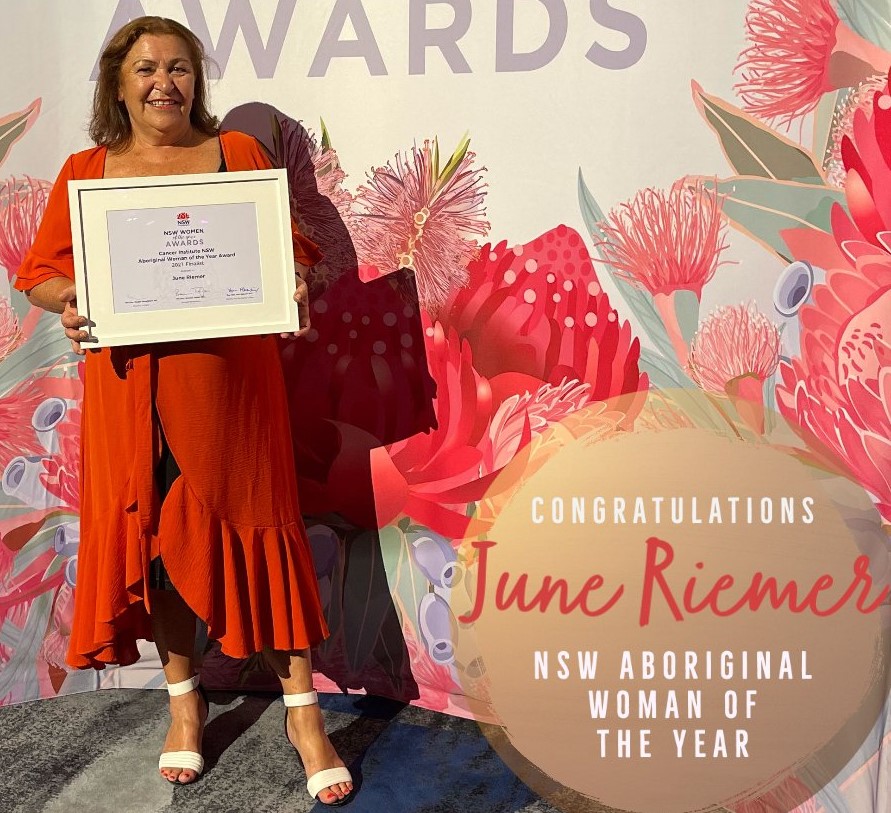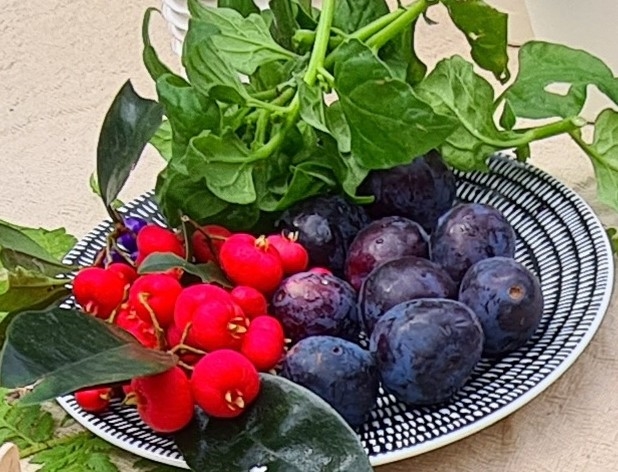By Neena Bhandari
Sydney, 20.12.2021 (Hireup): June Riemer, a proud Gumbaynggirr Dunghutti woman and Deputy CEO of First Peoples Disability Network has led national campaigns for better, more inclusive and culturally appropriate access to the National Disability Insurance Scheme (NDIS) for her people. She speaks to me about why Aboriginal and Torres Strait Islander people with a disability face numerous barriers in accessing and navigating the NDIS and what measures can be taken to ensure they receive culturally appropriate supports.
“The NDIS wasn’t designed culturally, whether that’s for the First Nations people or the culturally and linguistically diverse community,” says Riemer, who won the 2021 NSW Aboriginal Woman of the Year award in recognition of her four decades of advocacy for Indigenous people with a disability.
“Culturally, given Australia’s history and the fact that we weren’t even citizens till 1967, having a disability within our communities is not any different because everyone’s at a disadvantage. This is a good thing because disability is not seen as a deficit, but it’s about caring and supporting someone, who might need more help, for example, with walking or communicating,” she adds.
She points out that traditionally there is no word for ‘disability’ in some of the smaller Indigenous communities, whereas the Western construct is about labelling – cerebral palsy, quadriplegia or autism. Many Aboriginal people don’t know that they have a disability or acknowledge it, and yet others don’t want people to know of their disability.
“This stems from fear of government. We have the highest Indigenous incarceration rates in the world. We still have families from the stolen generation. Racism is alive and well in Australia and Aboriginal people with a disability face intersectional discrimination around racism,” says Riemer, who has been fortunate to have strong women role models in her life.
“When we were collecting testimonies for our Culture is Inclusion report two years ago, an average person would tell us everything about their life – housing, work, family – and for the majority, it wasn’t until an hour into the conversation that they would say that they had a disability. Disability wasn’t first and foremost because it is a culture of inclusion”, she adds.
The problems arise, she says, when Aboriginal people interact with the mainstream. For example, when Indigenous autistic children are living in the community, everything is fine. It’s when they start the first formal process of going to school, where everything is structured, that the barriers emerge.
Riemer feels there’s still a lot of work that needs to be done to understand Aboriginal culture, as each skin group is different. “It’s about listening to them. We are still in a world where the notion is that people with a disability can’t think or speak for themselves.”
She enumerates the example of a 15-year-old boy with very high-level support needs. His NDIS package listed his number one goal was to be tube-fed every day. “No one actually asked him what he wanted. They just assumed his goal was to be tube-fed. At his age, maybe he wants to attend a soccer match or go to the movies.”
“Similarly, the colonial concept is that everyone has their house cleaned daily. But for an Aboriginal person with a disability, there could be multiple people in the house, and getting a cleaner might not be a priority in that person’s health and well-being goals. Their support needs, aligned to their cultural practices, might be to be able to access the community and attend community events,” says Riemer.
“The NDIS has turned more into the medical model of disability than the social model of disability. This leads to violation of human rights – rights to education, employment, accessible housing and transport, which in turn creates low expectations and people lose independence, choice and control of their lives,” she adds.
She elucidates with another example of a 19-year-old boy, who wanted to be a DJ. He had a reasonable NDIS package, which made it possible for him to go to the local pub and receive mentoring every Friday night. “But the support worker he was assigned was a 64-year-old lady. The impression that was created at that local venue was that he can’t be a virile young man and he’s got to have his granny with him.”
In another case, a young woman with cerebral palsy was doing her third university degree and wanted a part-time retail job. “This woman would get through the first phone interview stage, but in the face-to-face interview, she would be rejected, despite ticking all the boxes, because she used a frame. She felt a sense of shame because the way people looked at her every time she walked into an interview. This kind of stereotyping creates very low self-esteem in individuals.”
She emphasises the need for every organisation to have a disability action plan. “We need to empower people to have a voice and employ more Aboriginal people in the services sector so they can approach disability support from a cultural and not colonial aspect”, says Riemer.
© Copyright Neena Bhandari. All rights reserved. Republication, copying or using information from neenabhandari.com content is expressly prohibited without the permission of the writer and the media outlet syndicating or publishing the article.


